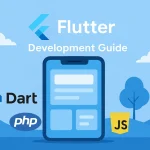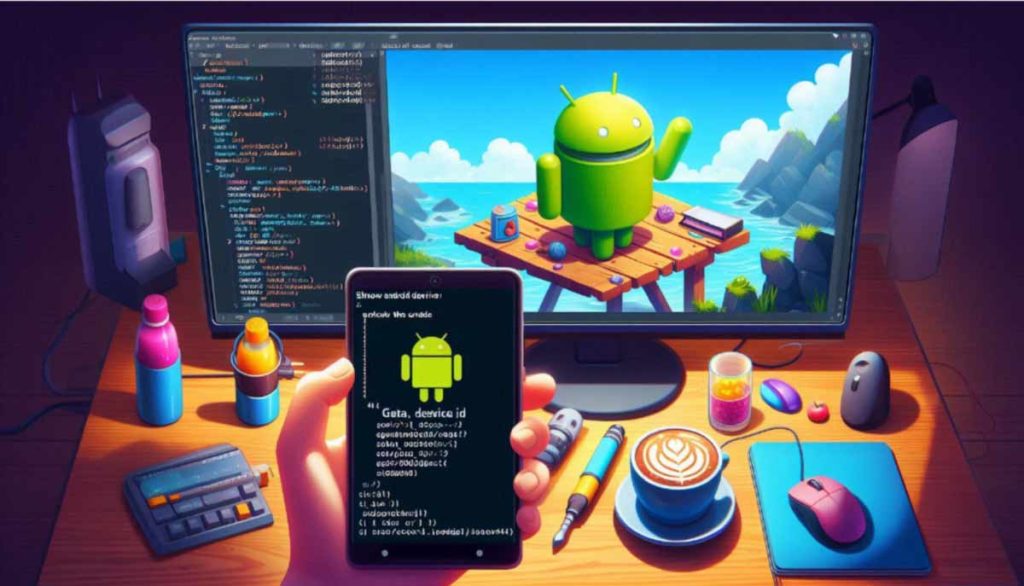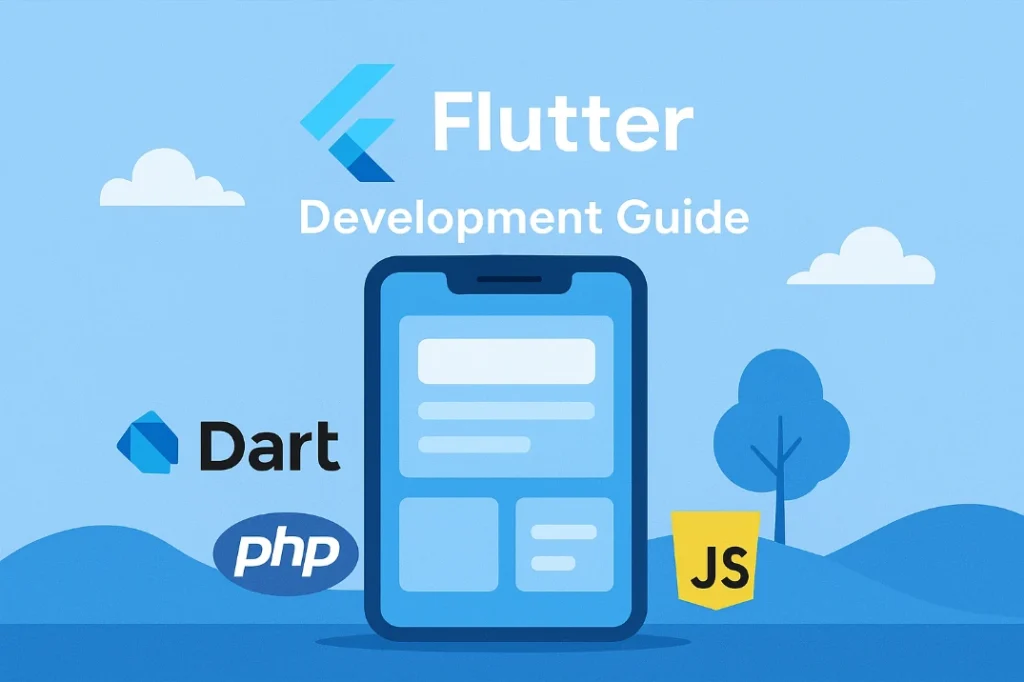You have to learn Flutter basics and then advanced code. If you complete the Flutter basics & advanced coding, then you will master effective coding techniques and progress with confidence. We will discuss key questions that matters, such as: Is Flutter in demand in 2025? What can you expect to earn as a Flutter developer? And which Flutter course stands out as the best choice?
If you completely finish Dart basics, then you can follow the Flutter development crash course (Free option)
Step 1: Learn the Basics of Programming
Before diving into Flutter, you must have a solid understanding of programming fundamentals. At first, start with Dart. To learn Flutter app development, you need to learn Dart Basics well.
Learn about:
Note: If you already know Java, C#, or JavaScript, Dart will feel simple and beginner-friendly.
Step 2: Understand Flutter Fundamentals
Once you are comfortable with Dart, move to Flutter basics. Start building simple UI screens and learn to be familiar with widgets.
Learn:
- Stateless vs Stateful Widgets
- Material Design and Cupertino Widgets
- Layout basics: Column, Row, Container, Stack
- Hot Reload & Debugging
Note: At this stage, develop a small app like a To Do List, Calculator for boost your confidence.
Step 3: State Management
Managing data is one of the most important development skills. Without proper state management, your app will be hard to maintain. There are multiple methods.
- setState
- Provider
- Riverpod, GetX, or Bloc (for advanced)
Step 4: Working with API & Databases
Real-world apps need data from APIs or databases. By building apps that fetch data from an API. You’ll gain hands-on skills.
Learn about:
- Fetch data using http or Dio package
- Parse JSON responses
- Work with local databases (SQLite, Hive)
- Store data in Firebase or Supabase
Step 5: Advanced Flutter Topics
When you have properly completed the basic part of Flutter app development, focus on the advanced areas. These advanced skills will make you stand out in the job market.
- Navigation & Routing (Named Routes, GoRouter)
- Animations (Lottie, Custom Animations)
- Push Notifications (Firebase Cloud Messaging, One Signals)
- Offline Storage & Caching
- Testing (Unit & Widget tests)
Step 6: Build Real Projects
Learning theory is best, but building a real-world project is the main key. Build and publish projects on GitHub or the Play Store. This way, recruiters will see your capability. It will increase your chances of getting a new job. Create an App like:
- Portfolio App
- Expense Tracker App
- Inventory Management App
- E-commerce App
- Chatting App
Step 7: Deployment & Publishing
Learn how to deploy your Flutter app. This step will give you end-to-end knowledge of app development.
- Publish on Google Play Store
- Publish on Apple App Store
- Use CI/CD tools like GitHub Actions or Codemagic
Step 8: Keep Learning & Stay Updated
Flutter is moving forward quickly. Follow the Flutter community, blogs, and YouTube channels to stay updated with the latest features.
FAQs about Flutter Development in 2025
Is Flutter in demand in 2025?
Yes, Flutter is highly demanding in 2025. Being cross-platform has reduced the cost of developing Android and iOS apps. This is the only reason why companies are developing Flutter apps. With the rise of startups and cross-platform apps, demand is expected to grow even more.
What is a Flutter developer’s salary?
The salary of a Flutter developer depends on experience and location.
On average:
Entry-level: $35,000 – $55,000 per year.
Mid-level: $55,000 – $85,000 per year.
Senior-level: $85,000 – $120,000+ per year.
These are typical earnings in freelance marketplaces.
Flutter developers earn between $20 – $60 per hour, depending on skills.
Which is the best Flutter course?
The best Flutter course depends on your learning style. Must be noted! Select a course that offers practical projects, not just theory. Some top-rated courses included:
- Flutter & Dart – The Complete Guide by Maximilian Schwarzmüller (Udemy)
- Flutter Development Bootcamp with Dart by Dr. Angela Yu (Udemy)
- FreeCodeCamp Flutter crash course (Free option -YouTube ), See The Video
If you want to know how to become a Flutter developer, the journey is straightforward, but it demands consistency. Start with programming basics, learn Flutter widgets, master state management, and finally build real projects.







